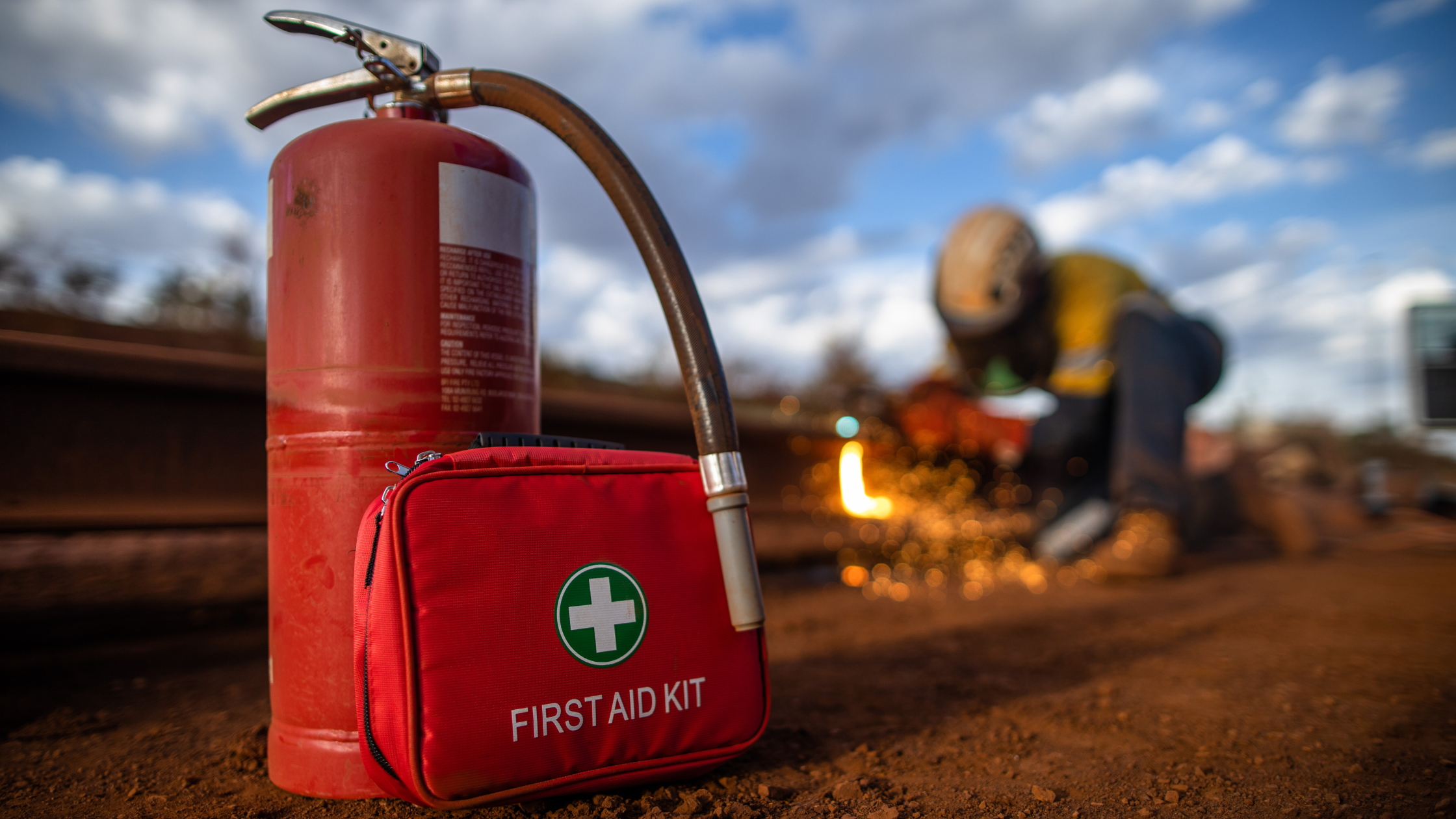In today’s dynamic world, organizations have a critical responsibility to protect their employees and ensure business continuity in the face of unforeseen events.
Comprehensive emergency preparedness in the workplace is no longer a mere formality; it’s a strategic imperative that safeguards lives, minimizes disruptions, and fosters a culture of resilience. This guide outlines key steps to build a robust emergency response framework, empowering your organization to navigate any crisis with confidence and efficiency.
Laying the Foundation
- Risk Assessment: Conduct a thorough assessment of potential threats specific to your location and industry. This might include natural disasters, technological failures, security breaches, and even health emergencies. Engage experts and leverage industry resources to create a comprehensive risk profile.
- Emergency Action Plan Development: This is your organization’s blueprint for safety. Collaborate with key stakeholders and emergency response teams to develop a detailed plan encompassing:
- Clearly defined emergency scenarios: Specify various types of emergencies and assign specific protocols for each.
- Comprehensive evacuation procedures: Establish designated exit routes, accessible for all, and designate assembly points for headcount and accountability.
- Robust communication protocols: Define protocols for alarm activation, emergency service notification, and internal communication channels to ensure timely and clear updates.
- Clearly defined roles and responsibilities: Assign specific tasks to designated personnel, including emergency response teams, evacuation marshals, first responders, and communication teams.
- Inventory and maintenance of emergency equipment: Ensure readily available access to fire extinguishers, first-aid kits, emergency lighting, communication tools, and any specialized equipment based on identified risks.
- Training and Drills: Knowledge is power, but regular practice is its key enabler. Conduct mock drills simulating various emergency scenarios to familiarize employees with the plan, identify potential flaws, and build confidence in their response actions.
Building a Culture of Safety
Beyond checklists and protocols, promoting a safety-conscious culture is crucial for effective emergency preparedness. Implement these strategies:
- Open Communication: Encourage employees to report safety concerns, ask questions, and participate in plan development and refinements.
- Safety Training and Development: Equip your team with essential skills like first aid, CPR, and fire extinguisher use. Consider specialized training based on identified risks, such as disaster preparedness or active shooter response.
- Regular Equipment Maintenance and Inspection: Conduct routine tests of emergency equipment like alarms and fire extinguishers. Inspect exit routes regularly for obstructions and ensure emergency supplies are readily accessible.
- Clear and Consistent Communication: Utilize multiple communication channels, including digital platforms, physical signage, and emergency broadcasts, to ensure all employees receive essential information promptly and clearly, even during a crisis.
Continuous Improvement
Remember, your emergency action plan is a living document that needs to evolve with time. Regularly review and update the plan based on:
- Lessons learned from drills and exercises.
- Changes in your workplace or surrounding environment.
- Emerging risks and industry best practices.
Taking the Lead
By prioritizing emergency preparedness, organizations demonstrate their commitment to employee safety and operational resilience. By implementing these measures, you create a safe and informed workplace where employees feel confident and prepared to face any unforeseen situation. Remember, the cost of preparedness pales in comparison to the human and economic consequences of inadequate response. Make emergency preparedness a strategic priority, invest in safety today, and safeguard your organization’s future.

